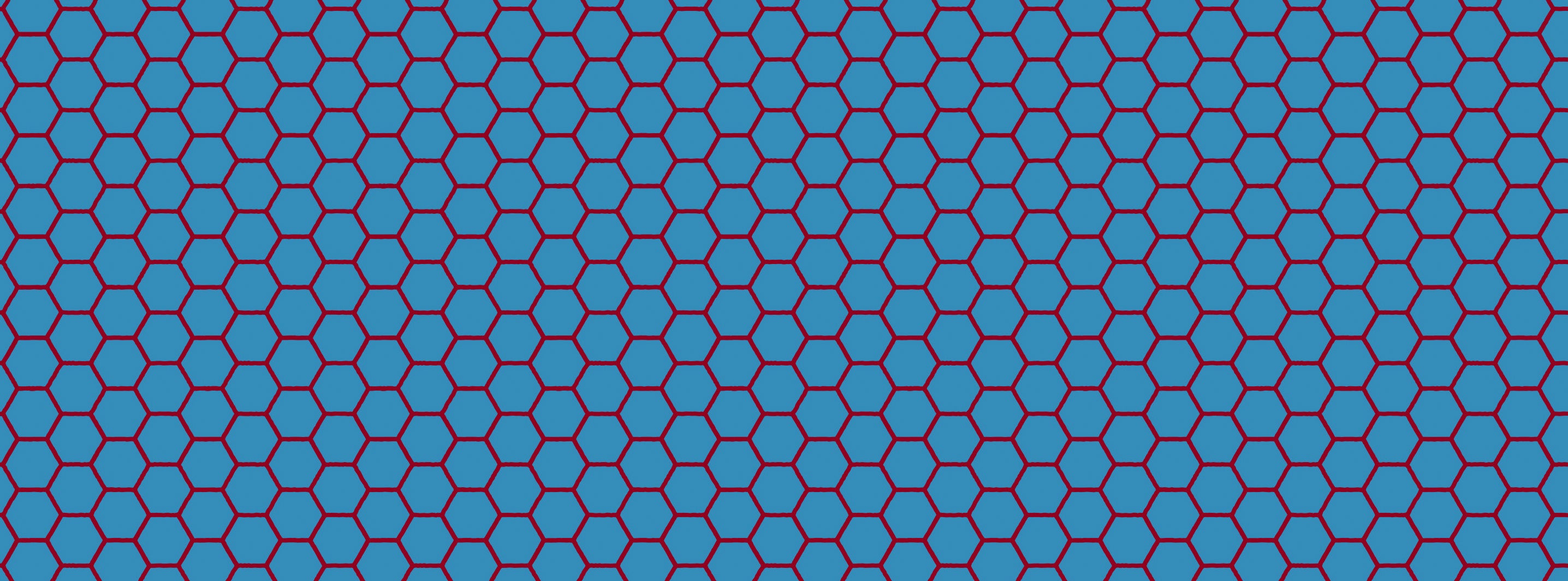亀甲 -Tortoise Connection-
西アジアが起源で、中国や朝鮮から日本に伝えられたといわれています。元々は幾何学文様ですが、東洋に渡った後に亀の甲羅に似ていることからこの名が付けられたようです。中に花菱や菊、鶴などがあしらわれた有職文様の一つとして平安時代から描かれ、現在も伝統的な吉祥文様として、礼装用の着物や帯に見られます。亀甲文様だけを連続させたものは、一般的には割付文様として扱われることが多いようです。
The "Kikkō-mon" pattern, believed to have originated in West Asia and later transmitted to Japan from China and Korea, was originally a geometric design. After its introduction to East Asia, its resemblance to a tortoise shell led to its name. From the Heian period onwards, it featured in the Yūsoku Bunka (court ceremonial culture) as one of the designs that incorporated elements like flower diamonds, chrysanthemums, and cranes. Today, it remains a traditional auspicious pattern, commonly seen on formal kimono and obi. When the Kikkō pattern is repeated in a continuous fashion, it is often referred to as "Wari-tsuke" pattern.
この文様・和柄が用いられている帯地
Obi fabrics with this Japanese pattern from the obico selection







